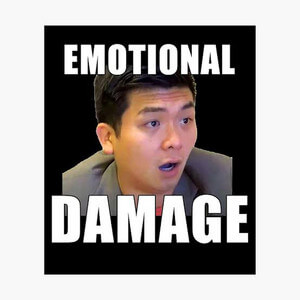Written by Ruby 2021 Cohort

When talking about game genre, we usually mention it by the name that represents the core mechanic of the game, like action and adventure games. However, there are also genres that are categorized based on their emotional experience, which usually happens when people talk about story-rich games. Emotional affairs are crucially important in other forms of media like movies or literature. For many game designers, designing emotional experiences is not their priority in their games.
The Problem & the reason why
The fact that the game industry constantly uses core mechanics as tags of game genres is causing the phenomenon of the mood and the emotional experience in some games that are gradually getting convergent over time. (Here in this article, the mood in comparison to emotion is the way you are feeling at a particularly short period of time, and the word “emotion” is known as a long-term feeling.) Then why is the convergence of mood and emotional experience in the game problematic?
Similar to the psychological concept of the “ Forbidden fruit effect”, people have an upper limit of tolerance towards certain feelings. However, this tolerance can turn into some kind of rebellious feeling when this certain feeling reaches above one’s upper limit. This means, once a certain feeling in a game is too much or lasting longer than the player expected, a strong sense of rebellion/resistance will form causing players to feel tired of the game. Therefore, it’s very dangerous for those game companies who are unaware of the necessity to deliberately design the mood different from the emotional experience in their game.
The Upper Limit of Tolerance
Players’ tolerance of a certain feeling throughout the game process can vary from the pressure of the task, game difficulty, and pacing of the game. For instance, the player’s patience will wear off if the game is too difficult. The same thing applies to the duration of the tutorial when it takes too long.
The Solutions
The designer should first be aware of this, and then design the game experience to create moods that will be constantly changing throughout the gameplay. Secondly, designers should make good use of game mechanics to create dynamic pacing which will not keep the player feeling too intense or relaxed for a long period of time. Game mechanics can work well with the difficulty, pacing, as well as the pressure from missions. For instance, the dynamic of adjusting the game difficulty based on times of characters’ death or injury. Similar mechanics are like enemies’ refreshing rate, hitting rate, etc. By all means, the central point is that game designers should avoid ignoring the importance of emotional experience and should always design the game experience for their players. Should we look for the emotion-release of a game? What do you think?